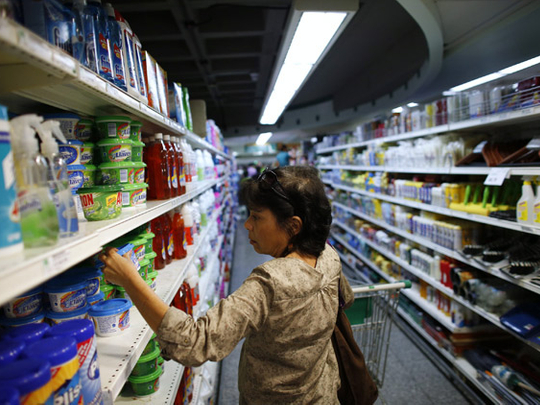
I recently met the managing director of a major FMCG brand in the GCC and he told me that for the first time ever, his below-the-line marketing budget was larger than all the above-the-line advertising put together.
He went on to explain this was not a knee-jerk reaction to any kind of economic forecast but the result of a behavioural shift in the way people shop. “They are spending less and using technology to do most of the ground work for them,” he added.
He had a point, as only the day previously while in Carrefour, I had been comparing the price of printers through my Blackberry. With an empowered consumer, we are heading towards what we call the new model of a ‘participation economy’ and if yesterday’s buzz phrase was ‘return on investment’ then tomorrow’s will be ‘return on involvement’.
This means finding out what is truly meaningful to your customers and involving them in your marketing by encouraging them to participate in the experience.
A great example is from the US. Kraft foods launched its ‘iFood Assistant’ and for 99 cents shoppers can download the application which enables them to browse recipes, add items to a shopping list, view suggestions for dinner and store favourites into an online recipe box. These branded applications — which act as tools to help people shop — are essentially a highly involving form of direct marketing that improve a shopper’s life.
When you see shoppers walking up the aisle with an iPhone in hand, you know that you are getting a return on involvement.
It sounds easy; involve shoppers for free or next to nothing, and they’ll buy into your brand. But without knowing what motivates a shopper, you’ll never truly add value to their lives. So how can we get shoppers involved in a future with increasingly demanding and hard to influence shoppers?
There are three key considerations that retailer and marketers must be aware of in 2013 and beyond.
Firstly, find and build upon meaningful shopper insights to get people excited. Shoppers and consumers are different and retailers need to establish when a consumer switches into ‘shopping mode’ and what their motivations are when that happens.
Take for example a Pampers campaign that was based on one simple insight; mothers care about all babies, not just their own. So at the point-of-sale, the message was simple — ‘One Pack = One Vaccine’ and when they purchased Pampers, a baby in the developing world received a free tetanus vaccination.
Mothers then felt they were participating in a greater good through their purchase decisions. This is an authentic participation that people actually care about.
Secondly, be first to the fringe and create game changers. Dr. Stephen J. Gould, the late American palaeontologist had a theory called ‘punctuated equilibrium’. This theory states that when species undergo change, it happens as a spurt, and that the change occurs at the edge of the ecosystem.
This means that mainstream Western retail markets are not the fringe but emerging markets like India or technologically savvy markets like Japan are.
In Japan, for example, QR codes are part of everyday life. If you scan the barcode (or QR code) on McDonalds with your phone, you immediately see nutritional information or at a flat-pack furniture store the QR codes gives customers a visual guide to building their purchase. At the fringe you see incredible ideas like this that illustrates the supply chain and builds up trust with an ever enquiring conscious consumer.
Thirdly, win from within the store. This is about retailers and marketers using the store itself to shape and test ideas, even before a product launches.
Because, if you can’t make it functional in-store you probably won’t be able to make it work long term. Furthermore, brilliant above-the-line advertising might successfully drive a shopper to the store only for them to pick a competing brand.
That is why the Pampers campaign worked well because the concept was born at a micro level in-store and was such a success that it grew into an integrated campaign.
As mentioned in the beginning, technology is opening up channels of communications in-store. But this doesn’t always equate to increased participation. From a retailers point of view digital PoS is expensive and from the shopper’s point of view, it feels like technology for the sake of technology.
But consider mobile comms – 85 per cent of people shop with their phone which presents a huge marketing opportunity via a medium that is as familiar as can be. Retailers can also be sure they’re investing their capital in the shopper, and not just the shelf.
It’s platforms like this that create the kinds of authentic participation that we are being asked to deliver.
In summary, I’m not talking about a reinvention of the category to get people involved. Conversely, we are advising clients to keep communications real and based on meaningful insight, bearing in mind the above variables that are beginning to define shopper marketing today. This means placing the shopper at the centre of an idea, even allowing them to take control. Only then will your marketing generate the ‘return on involvement’ that will help your business win in the participation economy.












